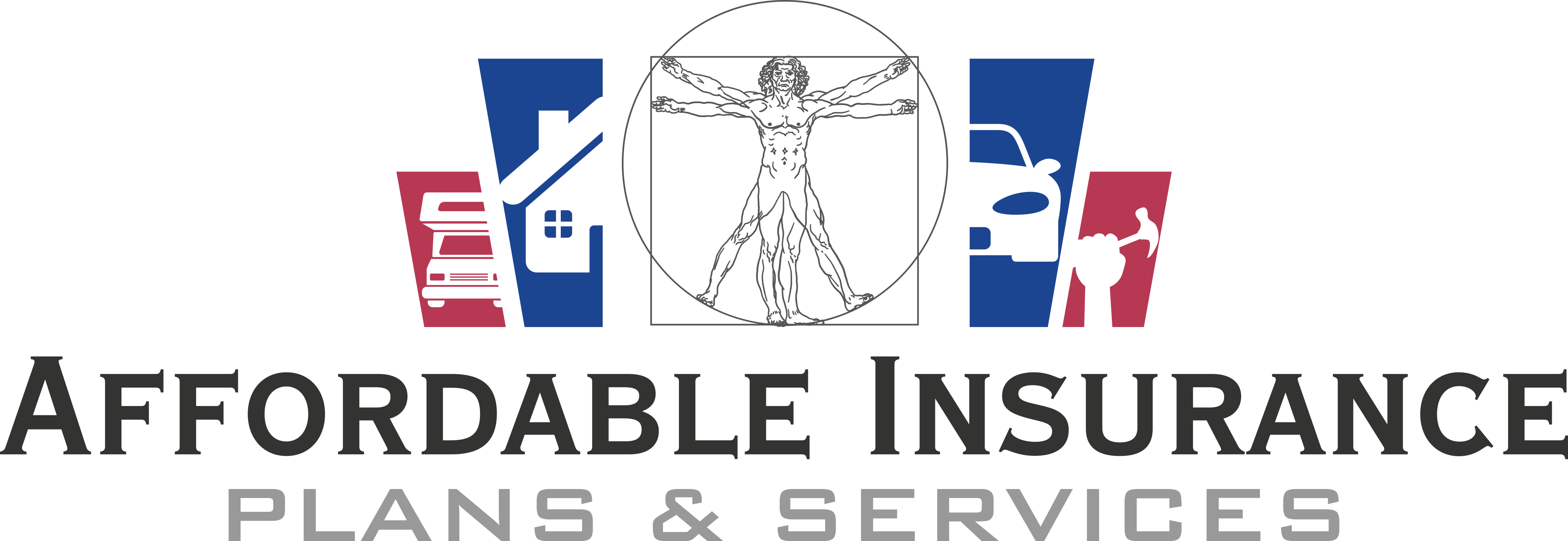We shop so you don't have to, and shop again every renewal.
Contractor Liability
The Contractor General Liability Insurance policy provides coverage for liability resulting from bodily injury, personal injury or damage to property of third parties. Coverage is usually required for contractors to secure regional and/or state licensing.
The CGL policy is designed to insure the following:
- Premises/operations—Premises owned but also job site locations
- Independent contractors—Liability exposures that might arise from subcontractors or suppliers
- Contractual liability—Obligations arising out of indemnity agreements found in contracts
- Products and completed operations— Liability claims arising out of the project after it has been completed and put to its intended use
- Defense coverage—In addition to paying awards or settlements for covered liability claims, the CGL policy covers the cost to investigate and defend such claims or suits. Supplementary payments are also included in this policy, which are designed to cover cost of bail bonds, court cost and pre-judgment interest cost.
The primary goal the contractor’s required need to have liability insurance is to have some coverage for insured losses under the CGL policy. However, court cases involving construction defect claims have placed contractors into a position of uncertainty. Significant variations exist among state laws with respect to whether construction defect claims are in fact an “occurrence” and considered “property damage” as defined in the policy. It is important to know and understand the limitations the policy has regarding this important issue. Construction defect claims can be small to catastrophic and greatly affect the financial strength of the business and continued its operations.
Also, be aware of several other coverage expansions and restrictions. Use the following list as a guide:
- Optional per project aggregates will provide the policy general aggregate on a per location or per project basis. This is usually required by many contracts with owners or general contractors. It will also have a positive impact on the pricing of the Umbrella/Excess Policy.
- Pollution exclusions are typical in CGL policies. Certain specialty markets will provide broadened coverage for the exposures of contractors.
- Residential restrictions are becoming more common. Each insurance company defines “residential” differently. Coverage is not just restricted to the definition single family homes or condo units. If a contractor’s work involves apartments, muti-family, sub-division development and construction or other work considered “residential,” this can be a significant restriction of coverage and or availability to competitive markets.
- Employee Benefit Liability coverage is important to include in the program.
- Blanket waivers of subrogation will normally be required by owner contracts. Negotiating this upfront will provide an advantage.
- A blanket additional insured endorsement will normally be required by owner contracts. Get this done upfront to save time and money during the year.
- Wrap-up coverage can be important for contractors who perform work under either Owner Controlled, Larger Projects or Contractor Controlled Insurance Programs. This will provide coverage to the contractor and all his sub-contractors under a single policy for Contractor General Liability.
Coordinating coverages between the primary CGL and the Umbrella/Excess is becoming more vital in today’s market. Exclusions and definitions are easily used for coverage denials under the Umbrella/Excess programs, despite coverage being granted under the CGL policy.
Builder’s risk insurance is a special type of property insurance which indemnifies against damage to buildings while they are under construction. Builder’s risk insurance is “coverage that protects a person’s or organizations’ insurable interest in materials, fixtures and/or equipment being used in the construction or renovation of a building or structure should those items sustain physical loss or damage from a covered cause.”
Buildings are subject to many different risks while under construction. They may catch fire, be damaged by high winds, or fall victim to other insured loss elements. A principle of common law is that any new construction or other improvement to land becomes property of the owner of the land – the title holder – once there has been an “improvement” to the owner’s site. Builder’s risk insurance indemnifies against some of these losses.
Coverage is often purchased by the custom builder or general contractor and may also be purchased by the property owner. Builder’s risk coverage may be necessary to show proof of insurance to comply with local city, county, and state building codes and is often required as a condition to many contracts. However, many architects believe that it is the property owner who should have the builder’s risk policy, because they have already paid for the improvements to their land. It is far safer for the property owner to obtain the builder’s risk policy, because they already own the building, even while it is under construction. However, the General Contractor and/or Sub-Contractors also may have an insurable interest in materials and construction not yet paid for and therefore should be added as “additional insured” on the Builders Risk policy.
Contractors’ Equipment Insurance:
Contractors’ equipment insurance is applicable to contractors who usually own or rent costly tools and equipment. Among the equipment covered is mobile equipment or those that a contractor carries from one location to another. Other covered equipment include but are not limited to the following: earthmovers, cranes, bulldozers, forklifts, power shovels, hand tools, draglines, generators, compressors, and concrete mixers. A contractor may also insure equipment in their control, possession and care, even if another contractor or rental shop owns it. Smaller tools can added on the policy as well or separately insured under a TOOL FLOATER policy.
Contractors’ equipment insurance is an insurance policy that covers specific equipment and tools owned or in possession of a contractor. It provides protection for tools and equipment against perils like fire, theft, vandalism, and flood, among others.
Contractors Professional Liability Insurance:
What is Contractors Professional Liability Insurance? Liability insurance that provides coverage to contractors and building professionals for construction errors. Contractor’s professional liability insurance, or CPL insurance, is purchased by contractors that provide design and building services, and provides coverage of errors made by the contractor as well as errors made by third-parties hired by the contractor, such as engineer.
Designing and building a structure can be a complex process involving many parties, including architects, designers, engineers, building contractors, and other building specialists. In the past, contractors would hire third parties to handle different aspect of a project, such as design work or engineering evaluations. Today, many contractors provide these services in-house, which allows them to earn more profit but also exposes them to more risk. Contractor’s professional liability insurance is designed to protect contractors from these risks.
Business Quote Request
OUR LOCATION
418 Main St. Canon City, Colorado 81212
719-275-0305
© Copyright 2025 Affordable Insurance Plans & Services Inc. | All Rights Reserved
Site by ICA Agency Alliance
418 Main St. Canon City, Colorado 81212
719-275-0305
© Copyright 2025 Affordable Insurance Plans & Services Inc. | All Rights Reserved
Site by ICA Agency Alliance

